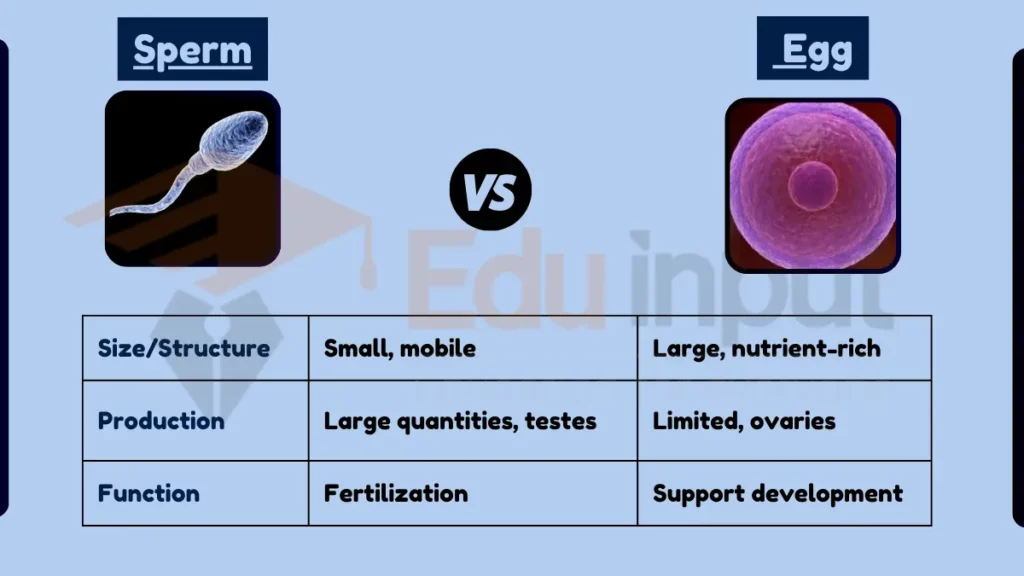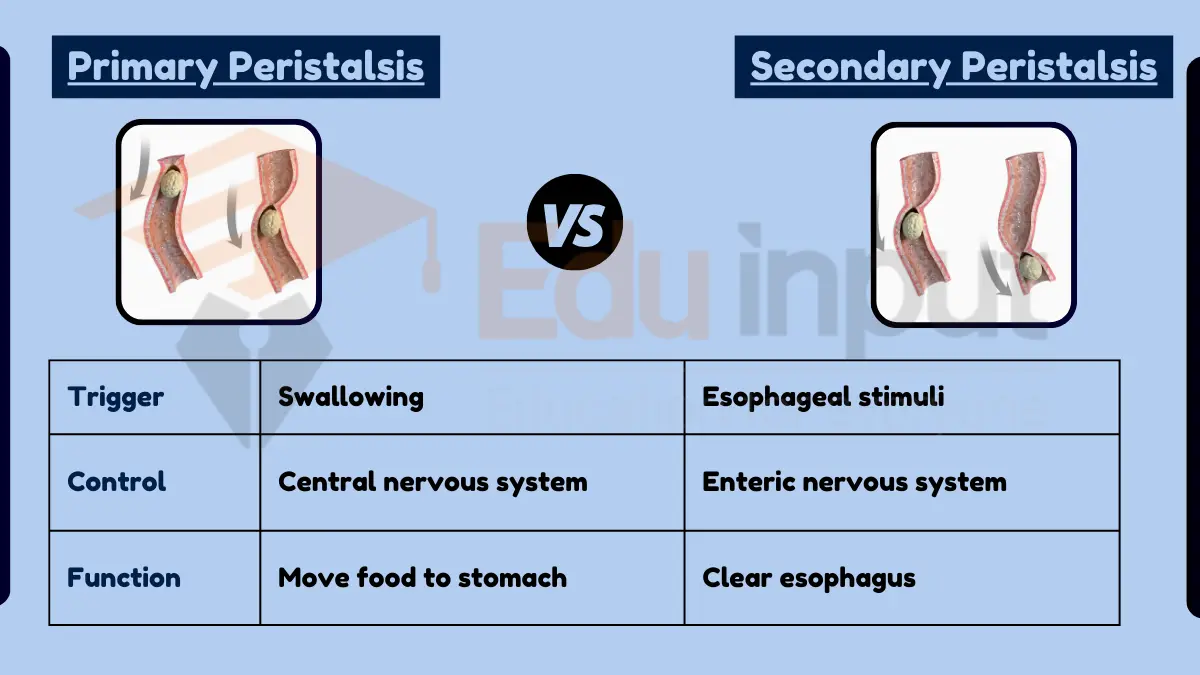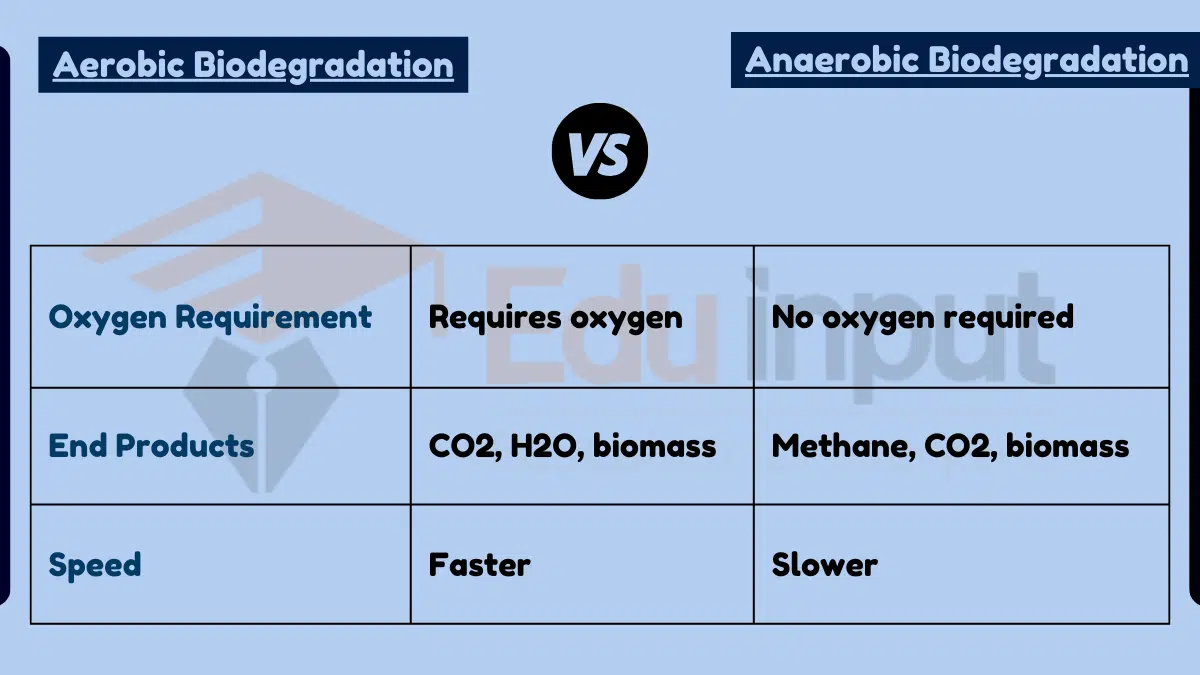Difference Between Sperm and Egg
Key Difference
Sperm and egg cells, the male and female gametes in sexual reproduction, have fundamental differences in size, structure, and function. Sperm cells are small, mobile cells designed to travel and fertilize the egg.
They are produced in large quantities and have a streamlined shape for efficient movement. Eggs, or ovum, are significantly larger, containing nutrients and genetic material to support the early development of an embryo. They are produced in limited numbers and remain stationary, waiting to be fertilized by sperm.

Comparative Analysis
- Size and Structure:
- Sperm: Smaller, mobile, with a tail for movement.
- Egg: Larger, nutrient-rich, immobile.
- Production:
- Sperm: Produced in large quantities in the testes.
- Egg: Produced in limited numbers in the ovaries.
- Function in Reproduction:
- Sperm: Fertilizes the egg.
- Egg: Provides genetic material and supports early development.
- Genetic Contribution:
- Both contribute half of the genetic material to the embryo.
- Lifespan Post-Maturation:
- Sperm: Shorter lifespan, few days in the female reproductive tract.
- Egg: Viable for about 24 hours after ovulation.
Table Summary
| Feature | Sperm | Egg |
|---|---|---|
| Size/Structure | Small, mobile | Large, nutrient-rich |
| Production | Large quantities, testes | Limited, ovaries |
| Function | Fertilization | Support development |
| Genetic Contribution | Half | Half |
| Lifespan | Few days | About 24 hours |
Also Read:
Difference Between Gemination and Fusion

 written by
written by 




